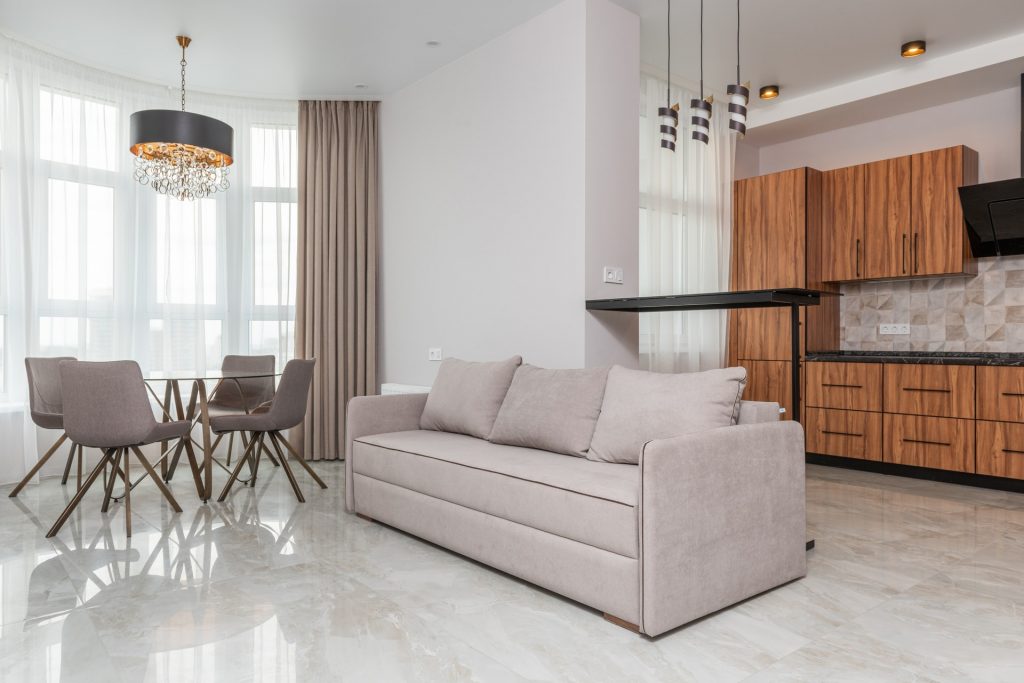
Nothing down? Exactly why would a seller want to walk away from closing with nothing? The truth is, they normally wouldn’t, and that brings up the most important point about real estate investing with no downpayment: A seller almost always needs cash at closing, but it doesn’t have to be YOUR cash.
Nothing Down – A Few Ways
Sometimes sellers are able to offer terms and a low or no downpayment, but often you have to find a way to get at least 70% of the price to them in cash. This is not only so they can get some of their equity out, but also because they will probably need to pay off the existing loan. So to get in with nothing down, you need to think in terms of how to get a primary loan, then how to raise the money for the remainder. A couple examples follow.
A few banks still do “no doc” loans, meaning they don’t require any verification of income, source of downpayment, etc. Since they generally loan only 70% to 80% of the property value, you need a seller who is willing to take a second mortgage from you for the other 20% to 30%, to make it a nothing down deal. They get 70% or 80% in cash, and payments for years to come. Since you’ll have two payments, you need to be sure the numbers work.
Another way to buy with none of your own money is to borrow against your home or other property to come up with downpayment. You might borrow for a “vacation,” and leave whatever you don’t spend in your checking account for a while. In this way, you can use it without violating bankers rules about borrowing for a downpayment.
Most towns have a few “note buyers.” These investors buy land contracts, mortgage loans and other “notes” at a discount. When a seller takes a purchase money mortgage from you for $100,000, for example, a note buyer might pay him $85,000 for it. How does that help you or him? I’ll explain with an example.
Suppose a seller prices his property at $195,000, expecting to sell it for $180,000. You offer $205,000 in the form of a mortgage for $160,000, and another for $45,000. As part of the offer, you have arranged for the sale of the first mortgage at closing for $136,000 to a note buyer. The seller gets that cash now, plus payments from you on the second loan for $45,000. $136,000 plus the $45,000 adds up to $181,000, which is about what he expected to get out of the deal.
A Personal Example
At the moment, I’m selling a small rental property, and will recieve payments of $400 per month. The buyer has good credit, and the $5,000 downpayment covers the closing costs and even the legal cost of a foreclosure, if necessary. So at this point, I really don’t care where he gets the downpayment. Suppose he took a $6000 cash advance on a low-interest credit card? This would cost him about $135 per month, and give him enough for the downpayment and his closing costs.
The rent is around $600 per month in this case, so he would be okay. However, in some cases, that extra $135 might cause negative cash-flow. You have to be sure that however you do it, the numbers work. I should mention though, that I would have accepted payments of $350, if he had asked, because it’s the price and the interest rate that mattered to me.
Are ther other methods? You bet. Creative real estate investing is all about making the deal work for all parties. If you can find a way to get the seller what he wants, you can buy with nothing down.